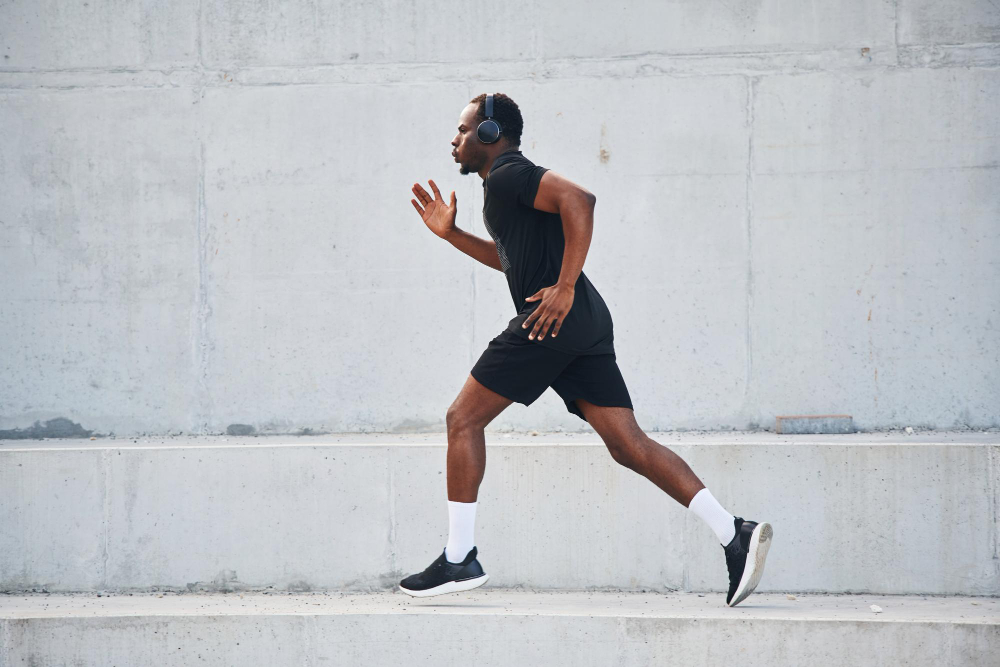
Running and jogging are excellent cardiovascular workouts but place significant stress on the feet and lower body. Choosing the right running shoes is crucial for preventing injuries and protecting your feet and ankles.
Request an AppointmentWhat to Look For in Running Shoes
There is no universal “best” running shoe. Each runner has unique needs based on foot structure, body weight, and running style. Still, quality running shoes generally offer stability, arch support, and ample cushioning.
Tips for selecting running shoes:
- Bring your worn running shoes to help evaluate your gait and pronation.
- Bring orthotics if you use them regularly.
- Ensure the shoes feel comfortable immediately—do not rely on a break-in period.
- Look for a snug heel fit; your feet should not slip out.
- Shop in the afternoon to account for natural foot swelling.
- Test the shoes by walking and running in the store.
- Wear the socks you typically use for running.
It’s best to consult with a podiatrist or visit a specialty running store for a personalized shoe fitting.
Issues Created by Improper Fit
Running generates impact forces up to three times your body weight with each step, making proper footwear essential. Poorly fitting running shoes can lead to a range of injuries, including:
- Ankle sprains
- Calf pain
- Heel pain
- Plantar fasciitis
- Sesamoiditis
- Shin splints
- Stress fractures
Overpronation (excessive inward foot roll) and supination (insufficient inward roll) are common biomechanical issues. Overpronation can be addressed with motion control shoes, while runners with supination need shoes with extra cushioning to absorb shock effectively.
If you’ve experienced foot pain or injury from running or need guidance selecting proper footwear, consult a podiatrist for expert evaluation and support.